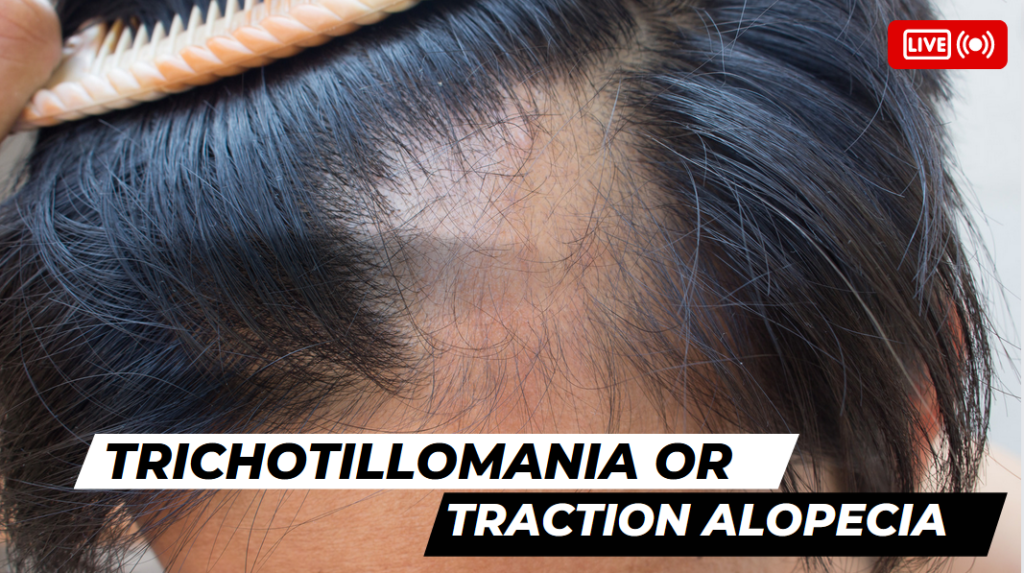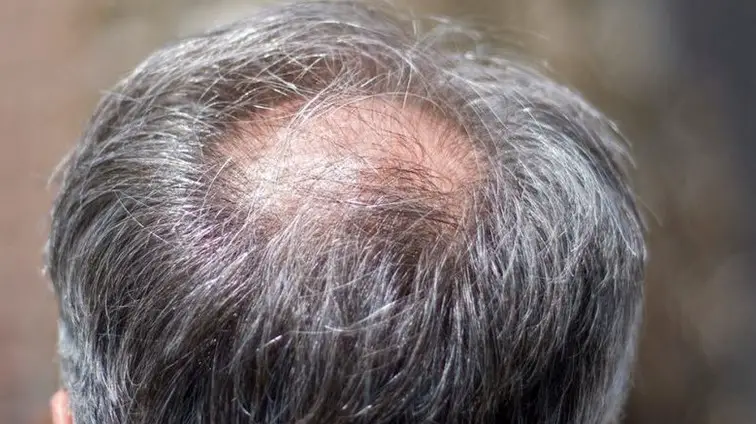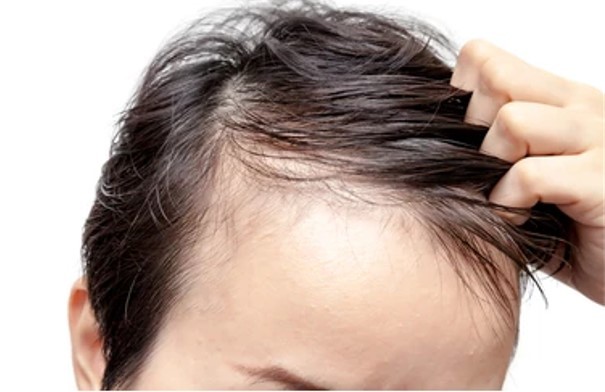Hair loss can be a distressing experience, and it can be challenging to determine the cause of it. Two possible causes are Traction Alopecia and Trichotillomania. In this blog post, we will discuss the differences between Trichotillomania and Traction Alopecia, so you can better understand which one may be affecting your hair loss.
Diagnosing the causes of hair loss is not always easy and is best left to the professionals. But even doctors can sometimes struggle with determining the reasons behind a particular patient’s condition. Some conditions can appear similar on the surface, although they have very different reasons behind them.
Traction alopecia and trichotillomania are two hair loss conditions that are both caused by forceful pulling and tugging at the hair. But while traction alopecia is a physical condition caused by poorly understood effects of overly tight hairstyles, trichotillomania is an impulse control disorder, often requiring psychiatric treatment, rather than merely a hair loss treatment. It’s important to know the difference between the two, as both conditions can affect children and each requires a different type of treatment.
Traction alopecia
This condition is the result of wearing the hair in styles that are too tight, resulting in constant pulling and weakening of the hair shafts and follicles. This can speed up the shedding of hairs in the final stage of their growth, resulting in a thinning of the hair. Follicles, on the other hand, can become traumatised, which keeps them in a dormant stage and prevents them from producing new hairs. In severe cases that are untreated, scarring can occur, which may mean permanent hair loss in the affected areas.
People who suffer from traction alopecia are generally not aware of the fact that the way they style their hair is the cause of their hair loss. The appearance of traction alopecia is therefore not an indication of a poor mental state or emotional problems.
Traction alopecia is usually present at the front of the hairline or around the edges of the scalp (banded traction alopecia), but if the hair is worn in rollers overnight a lot, it can also present itself as the hair falling out in clumps. When trying to diagnose this type of hair loss, it’s therefore important to note which hairstyles are worn by the sufferer on a regular basis.
Trichotillomania
This type of impulsive control disorder is not nearly as common as traction alopecia. Only 4% of the population suffer from it, but women are far more likely to suffer than men. The exact causes of this condition are unknown.
People with trichotillomania suffer from repeated urges to pull out their own hair without the ability to stop, even when the hair loss becomes severe. Usually the hair pulled is the hair on the head, but some people may tug at eyelashes, eyebrows or body hair.
Symptoms usually start early on in life, usually by the age of 17. They can continue throughout the patient’s lifetime. Trichotillomania often manifests as an uneven appearance of the hair with bald patches or missing clumps of hair. Additional symptoms are often present, which should hint at the mental state that is behind the condition.
These could include anxiety, other self harming behaviour, or depression. Although patients usually deny the hair pulling when questioned, it’s important to try and assess the mental condition of the patient in order to see whether trichotillomania is the cause. Usually, doctors will perform other tests to rule out other causes for the hair loss.
So, Which One Do I Have? Finally
When it comes to trichotillomania or traction alopecia, it is important to understand the differences between the two conditions in order to receive proper treatment and achieve successful hair regrowth. If you suspect that you may have either condition, consulting a healthcare professional will be the best way to determine what type of condition you have and create an effective treatment plan.
See our top 4 Causes of Traction Alopecia hair extensions? or how to prevent Traction Alopecia with Hair Transplant and keep it from recurring.
- AI Powered Bald Filter Online 2024: See Yourself with No Hair! - January 19, 2024
- Harklinikken Bad Reviews 2024: Analyzing Negative Feedbacks - January 18, 2024
- How to Get the Alex Eubank Hair | Step-By-Step Tutorial 2024 - January 18, 2024







